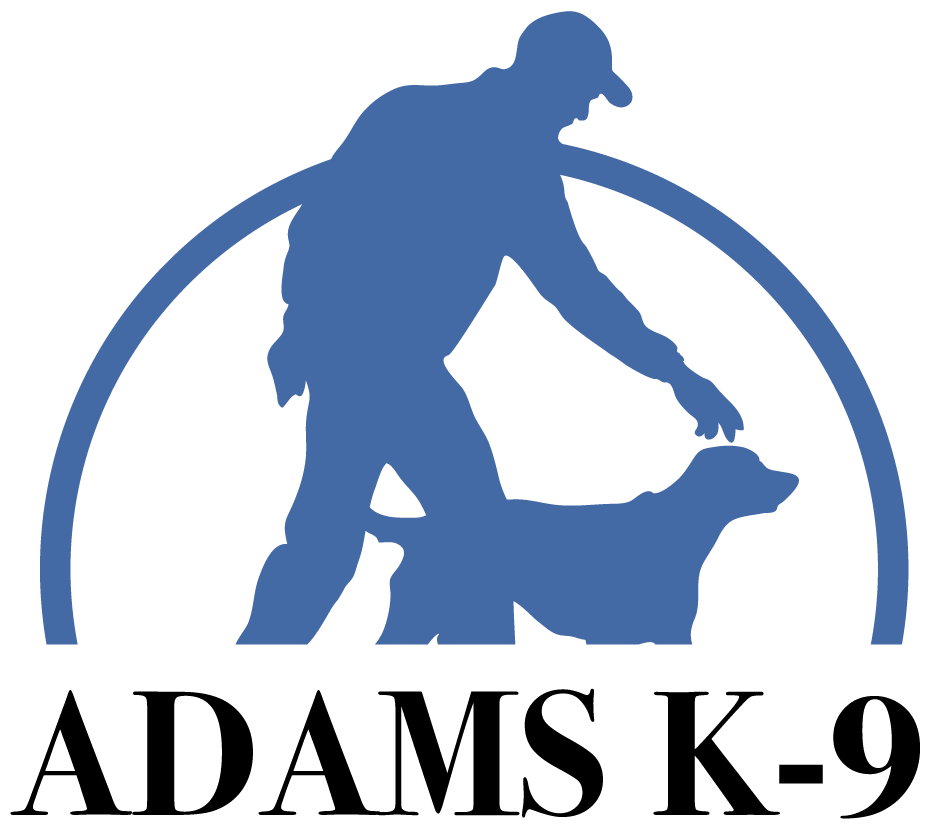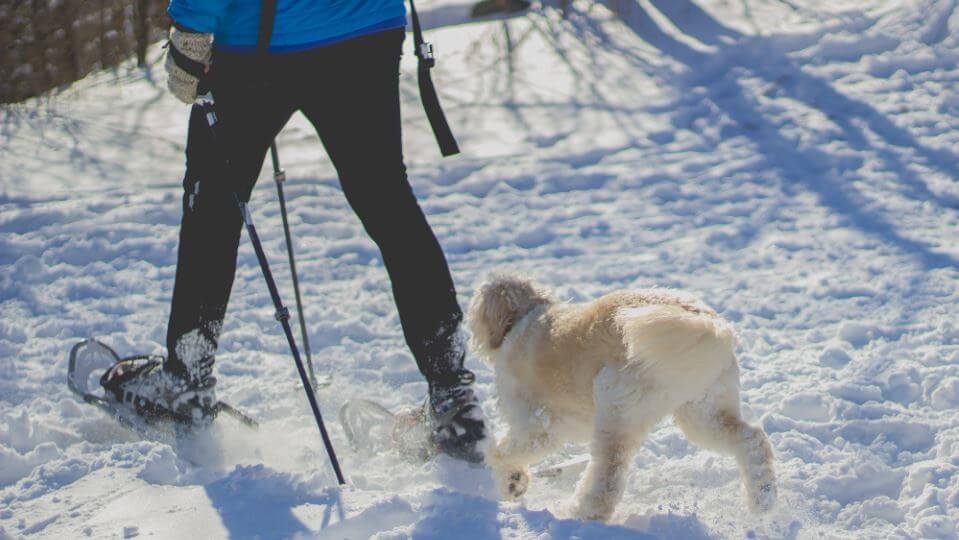Dog trainers and behaviorists agree that any rehabilitation program includes exercise.
The recipe to change any dog behavior typically involves training, counter conditioning, and exercise. It really doesn’t matter if the behavior is reactivity, nervousness, or separation anxiety, the treatment is much the same. Although, some extreme cases will include medication.
From my experience, a lot of Michigan dogs that come to Adams K-9 for training lack exercise. When I ask how much exercise the dog is getting, the answer is usually “not as much as he should” or “we have a big yard for him to run around.” Your home and yard, no matter how big, is nothing but a kennel to your dog. The same thing, day in and day out. Dogs need variety and exercise.
If you do not stimulate your dog and provide enough exercise, the dog will find ways to burn off pent-up energy. Lack of exercise can carry over to digging, barking, chewing, and reactivity. The amount of exercise depends on the dog, but most dogs should be walked 20-30 minutes a day. The walk provides some exercise and mental stimulation, which also tires the dog.
West Michigan has some beautiful places to exercise dogs. When you walk your dog, do not take the same route each day. Change up the routine so your dog gets to experience different sights and odors. The walk should be structured- you set the rules for the dog, the dog does not make the rules. The dog doesn’t get to constantly sniff the ground and mark whenever he wants, or drag you wherever he wants to go. He must walk next to you on a loose leash.
You should see the dog with his head up, walking like you are traveling somewhere. The structured walk makes the dog use his mind to ignore distractions, follow the rules for the walk, and provides some exercise. You will see how exercise and training mesh together.
Some dogs need more than just a walk. In that case, you need to be creative. If your dog loves a good game of fetch, teach him to catch and retrieve a disc. If you have an issue with the dog not returning to you, use two balls or two discs. The dog will always want the one you have. Teach the dog a “drop it” command and then throw the toy. Then pick up the one the dog dropped- get the idea? This dog training technique works great.
Do not just repeatedly throw the ball, add obedience and commands into the mix so the dog learns to work for play. Heel, sit, down, then toss the ball. Do a long “down” and then toss the ball. The more variety the better, and the dog will love the exercise and the mental work of obedience.
I have customers who have purchased their dog’s treadmills. Others go hiking, cross-country skiing, or have joined a dog sport. An example of a dog sport would be agility, dock jumping, protection, or a search and rescue (tracking) club. A benefit to joining a dog sport club is that experienced handlers will be there to help you train your dog.
If you don’t want the hassle of being this committed to your dog, then don’t get a high energy dog. This is another issue I often see. People who are less active and laid back get high energy dogs, which is just a bad match. If you want a low energy dog, then that is what you need to ask for when visiting a rescue, humane society, or breeder. Don’t get a puppy from a hunting dog breeder because they breed their pups to hunt all day long and not to quit. If you want a low energy dog that will lay by the fire while you read, don’t go out and get a Rottweiler, German Shepherd or Husky. These are all working dogs that typically have high energy. A better choice would be a Bulldog, King Charles, or French Bulldog.
Part of being a good fur parent is providing enough exercise for your dog. What “enough exercise” means depends on each dog. Do not try to fix a high energy dog by getting another dog because you think he needs a buddy to play with. You will just be compounding your dog issues. Getting another dog is not going to fix issues with the first dog.
Never get another dog until your first dog is trained and well behaved. That way, your dog will be a good mentor instead of poor example. If you are not walking your dog, start. If your dog won’t walk nicely on a leash, hire a trainer. Walks are great for the dog, and for the human. Amp up the exercise in your dog’s daily life and I bet you have a happier and better-behaved dog.
Your dog will love you for it.
Please contact us at Adams K-9 today for information on dog training, exercise, and dog behavior correction.


